KATHMANDU: Prime Minister KP Sharma Oli, who is currently on an official visit to Cambodia, visited the National Museum based at the north of the Royal Palace, in the Cambodian capital on Tuesday.
The National Museum of Cambodia is housed in a graceful terracotta structure of traditional design (built from 1917 to 1920), with an inviting courtyard garden.
As mentioned in various displays shown in the museum, it is home to the world’s finest collection of Khmer sculpture: a millennium’s worth and more of masterful Khmer design. The first significant sculpture to greet visitors is a large fragment – including the relatively intact head, shoulders and two arms – of an immense bronze reclining Hindu lord Vishnu statue, which was recovered from the Western Mebon temple near Angkor Wat in 1936.
The various sculptures are illustrated the journey from the human form of Indian sculpture to the more divine form of Khmer sculpture from the 5th to 8th centuries. The eight-armed Vishnu statue from the 6th century found at Phnom Da, and a staring Harihara, combining the attributes of Shiva and Vishnu, from Prasat Andet in Kompong Thom Province.
The Angkor collection includes several striking statues of Shiva from the 9th, 10th and 11th centuries; a giant pair of wrestling monkeys (Koh Ker, 10th century); a beautiful 12th-century stele (stone) from Oddar Meanchey Province inscribed with scenes from the life of Shiva; and the sublime statue of a seated Jayavarman VII (1181–1219), his head bowed slightly in a meditative pose (Angkor Thom, late 12th century).
The museum also contains displays of pottery and bronzes dating from the pre-Angkorian periods of Funan and Chenla (4th to 9th centuries), the Indravarman period (9th and 10th centuries) and the classical Angkorian period (10th to 14th centuries), as well as more recent works, such as a beautiful wooden royal barge. The museum seems similar to Nepal museum located in the premise of the Krishna Temple of Patan.
Most of the sculptures are the various incarnation of lord Vishnu and Lord Buddha. Similarly, various cultural and historical textiles, opera dress are also displayed nicely in the Museum. The longest hand knitted shawl longer that one kilometer is kept in the Museum which is also certified by the Guinness book of world record.
Prime Minister Oli, his spouse Radhika Shakya, Minister for Foreign affairs among other delegates keenly observed the museum and reacted that the Asian cultural and religious civilization was nicely protected in the Museum.
(RSS)


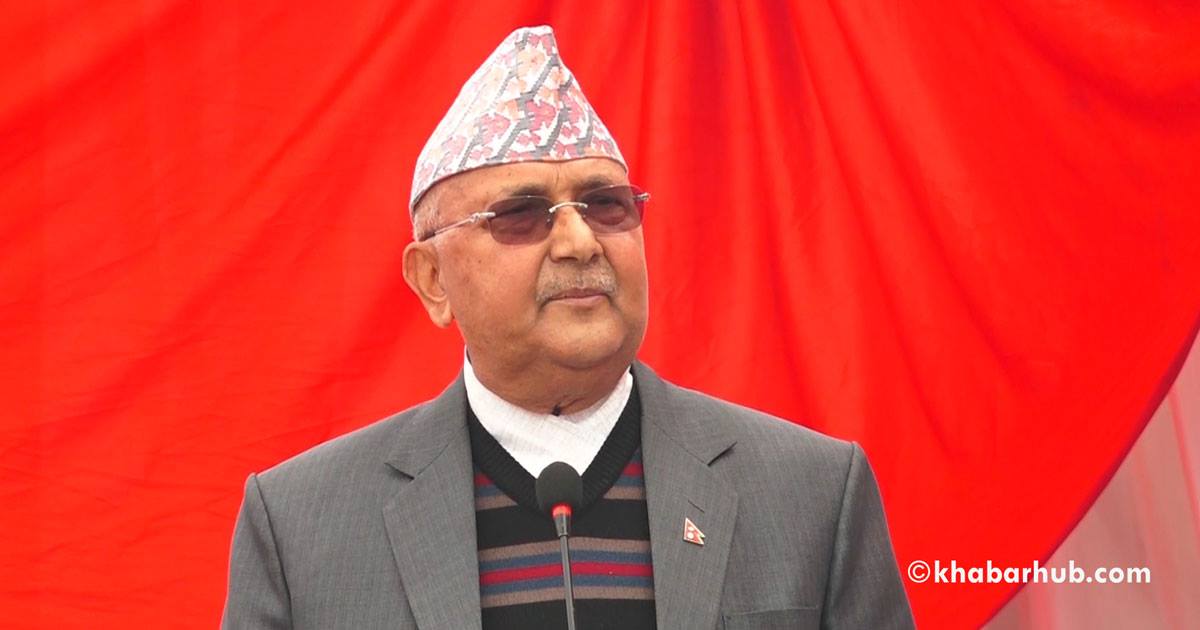

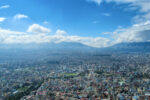
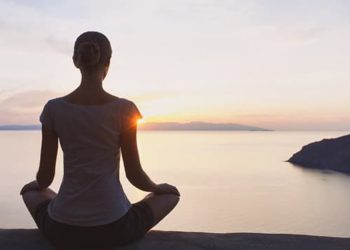
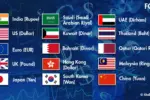
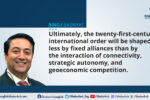

Comment